SomersetThe novel begins at Kellynch Hall, a fictional estate in Somerset(shire) where Anne Elliot lives with her father, Sir Walter, and elder sister, Elizabeth. Although we can't know for sure if Austen based the house on a real place, some think that Barrington Court fits the bill geographically as it is located about 20 miles from Lyme Regis and 50 miles from Bath. Now owned by the National Trust, this impressive Tudor property featured as Cardnal Wolsey's house in the Wolf Hall miniseries. Lyme Regis"...the remarkable situation of the town, the principal street almost hurrying into the water, the walk to the Cobb, skirting round the pleasant little bay, which, in the season, is animated with bathing machines and company; the Cobb itself, its old wonders and new improvements, with the very beautiful line of cliffs stretching out to the east of the town, are what the stranger's eye will seek; and a very strange stranger it must be, who does not see charms in the immediate environs of Lyme, to make him wish to know it better." (Persuasion Chapter 11) Jane Austen visited Lyme Regis in Dorset on two separate occasions in 1803 and 1804 and was instantly taken with it. This pretty coastal village plays a crucial role in the novel. It's here that Anne and Captain Wentworth begin to rekindle their romance and where Louisa Musgrave falls from the Cobb, the iconic harbour wall. BathOne of Austen's most Bath-centric novels (along with Northanger Abbey), Persuasion delves into the hierarchy of Regency society in the fashionable spa town. Anne doesn't care for Bath and is reluctant to move there. "She disliked Bath, and did not think it agreed with her; and Bath was to be her home." (Persuasion Chapter 2)
Austen uses many real places in Bath including the The Assembly Rooms (pictured above), the Pump Room and Camden Place (now Camden Crescent). And Austen carefully places her characters' homes according to their social status. (This excellent article on Jasna.org offers an in-depth analysis of Austen's use of Bath geography in Persuasion.) Each location seems to have a deeper meaning. So it's perhaps no coincidence when Anne bumps into Captain Wentworth on Union Street towards the end of the novel.
1 Comment
Famed for its natural hot springs, the city of Bath boasts an incredible legacy of Roman, Norman and Georgian architecture. Bath's most famous resident, Jane Austen, lived here from 1801 to 1806. At the time, Bath was the most fashionable resort in Britain, attracting crowds of wealthy tourists, who came to 'take the waters' and enjoy the society. Bath provided the main setting for two of Austen's novels: Northanger Abbey and Persuasion. Charles Dickens, who was a frequent visitor, also set a large part of The Pickwick Papers in the city. Today, Bath is a world-class tourist destination, known for its fine hotels and restaurants. Visitors are spoilt for choice when it comes to attractions, from the Roman Baths to modern, luxury spas. Although Austen only lived here for five years, the residents of Bath remain loyal to her memory with the annual Jane Austen Festival. The Jane Austen CentreOne of Bath's most popular attractions, The Jane Austen Centre celebrates the life of the city's favourite author. The collection includes period clothing and objects, as well as costumed guides. A permanent exhibition showcases the impact that Bath life had on Austen as a person and a writer. Don't miss the centre's delightful Regency themed tearoom and well-appointed gift shop. The Assembly RoomsCompleted in 1771, the Assembly Rooms were at the centre of Georgian society in Bath. Here, the local gentry gathered for balls, public functions and card games. This opulent location featured in Austen's Northanger Abbey and Persuasion, as well as Dicken's The Pickwick Papers. Be sure to visit the Fashion Museum on the ground floor to see what the Assembly Room's well-heeled guests would have worn. The Roman Baths and Pump RoomThis is Britain’s only natural hot spring and living piece of Roman history. You can still sample the waters at the adjacent 18th Century Pump Room, now a restaurant open for lunch and afternoon tea. During Austen's time, the Pump Room was the place to be seen, as referenced in Northanger Abbey when the ladies "walked together, noticing every new face and almost every new bonnet in the room". Although not open to the public, 4 Sydney Place is definitely worth a look from the outside. Austen's family rented this townhouse for three years and it is considered to have been Austen's favourite home in Bath. A country girl at heart, Austen would have loved the house's open aspects and proximity to Sydney Gardens. This is private residence, so please contact the local tourist board with any questions.
|
Categories
All
|
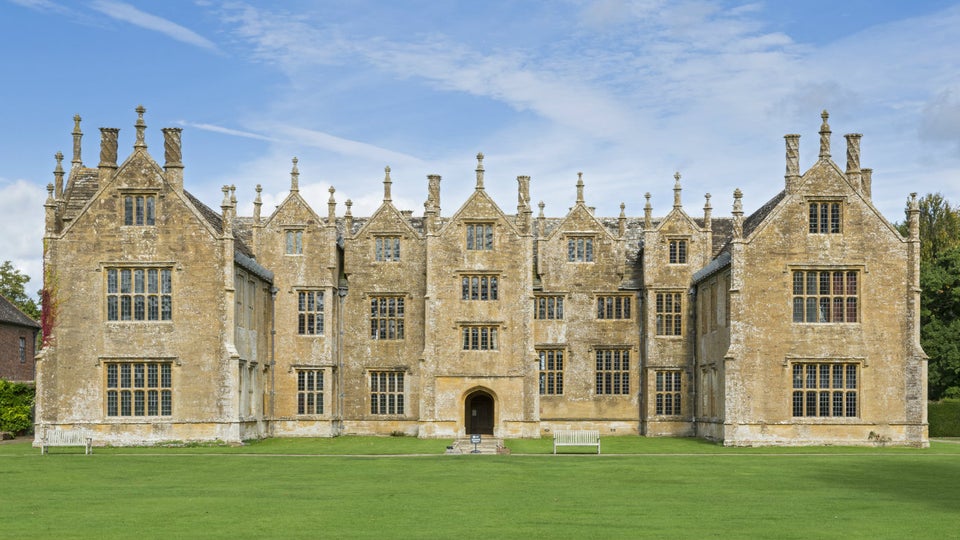
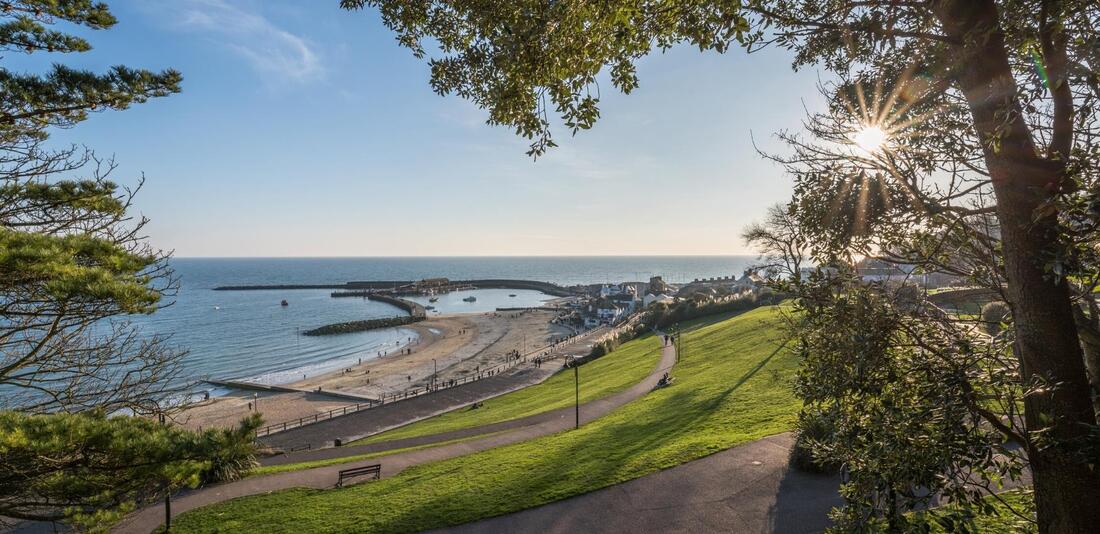
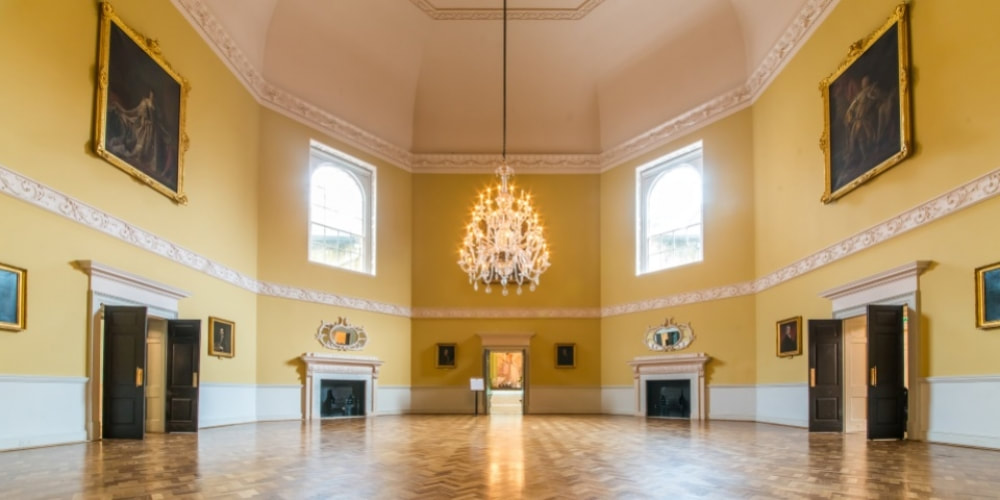
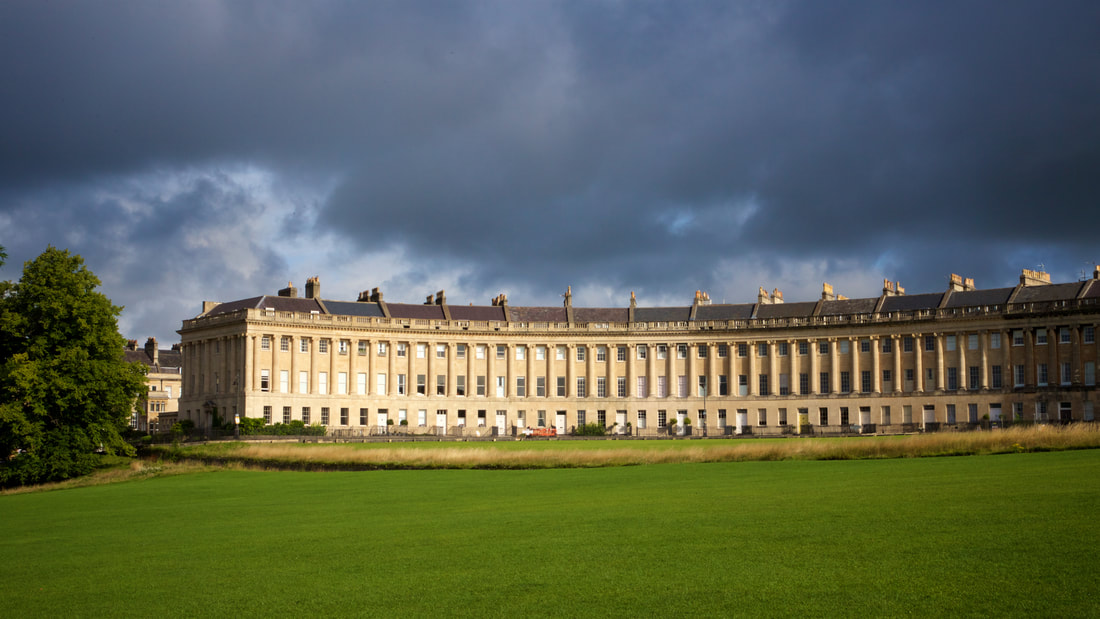
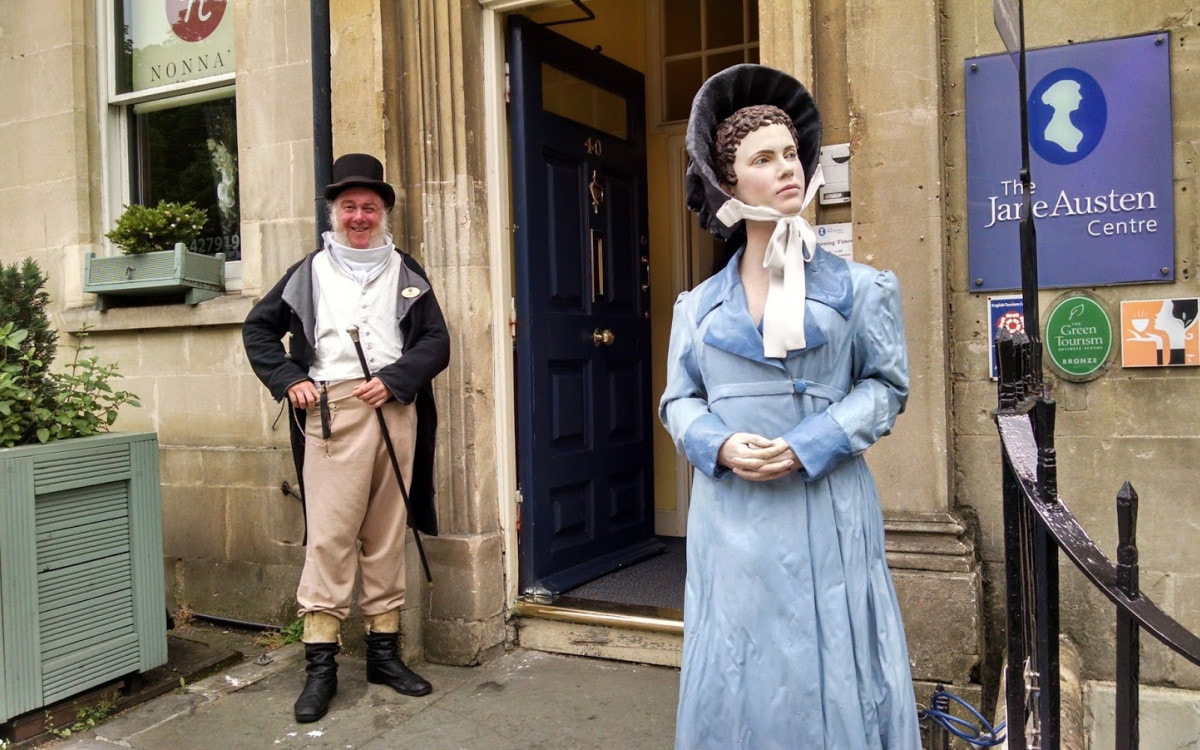
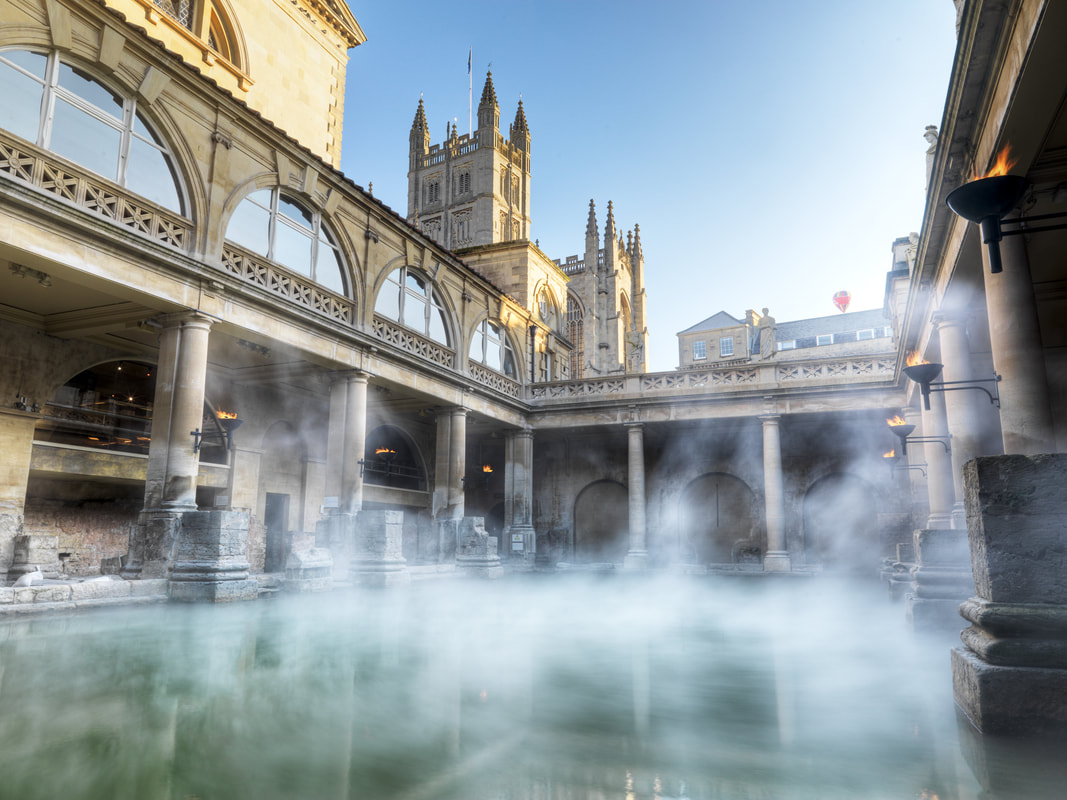
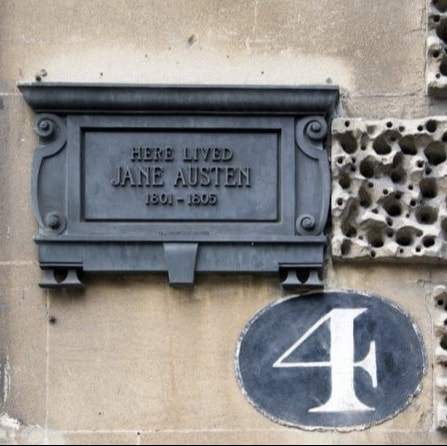
 RSS Feed
RSS Feed